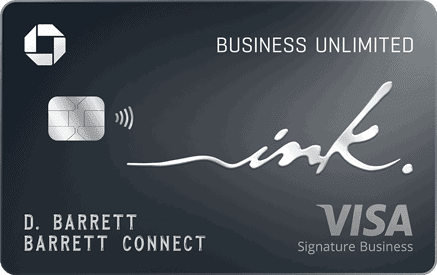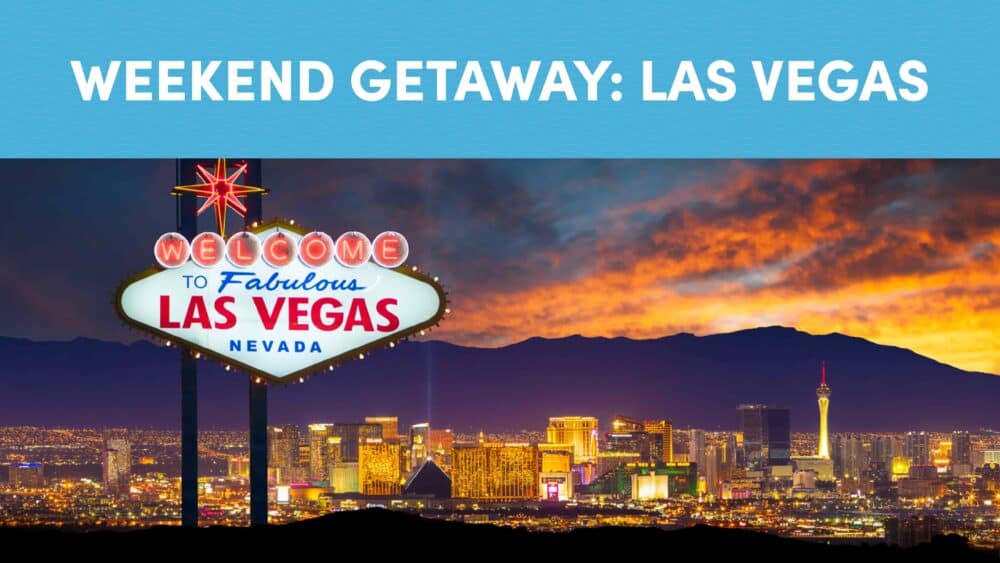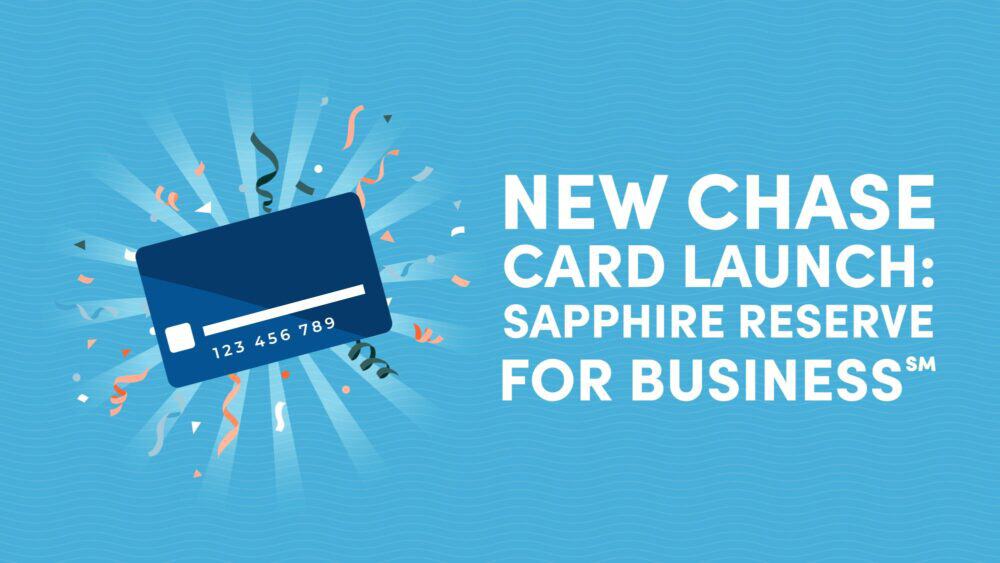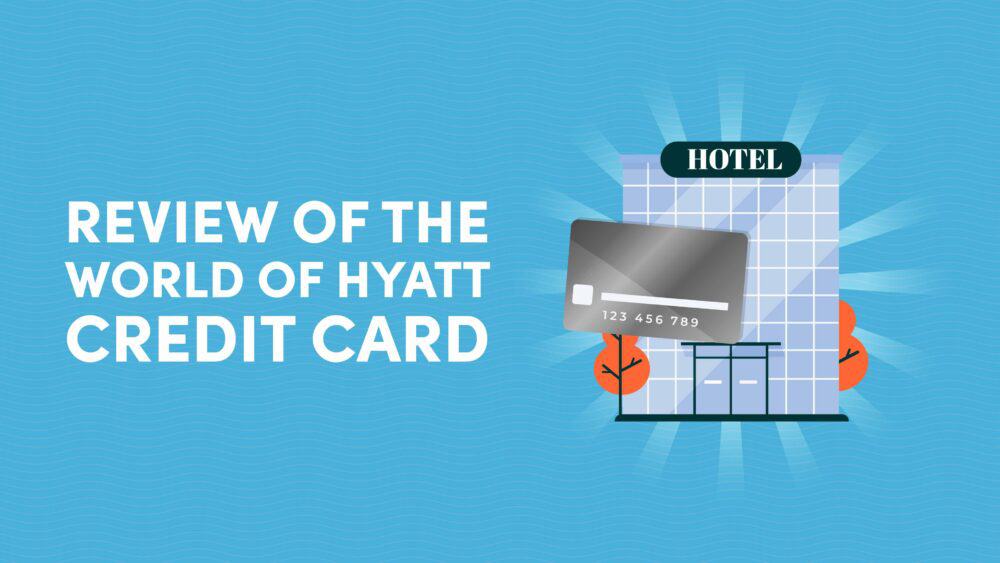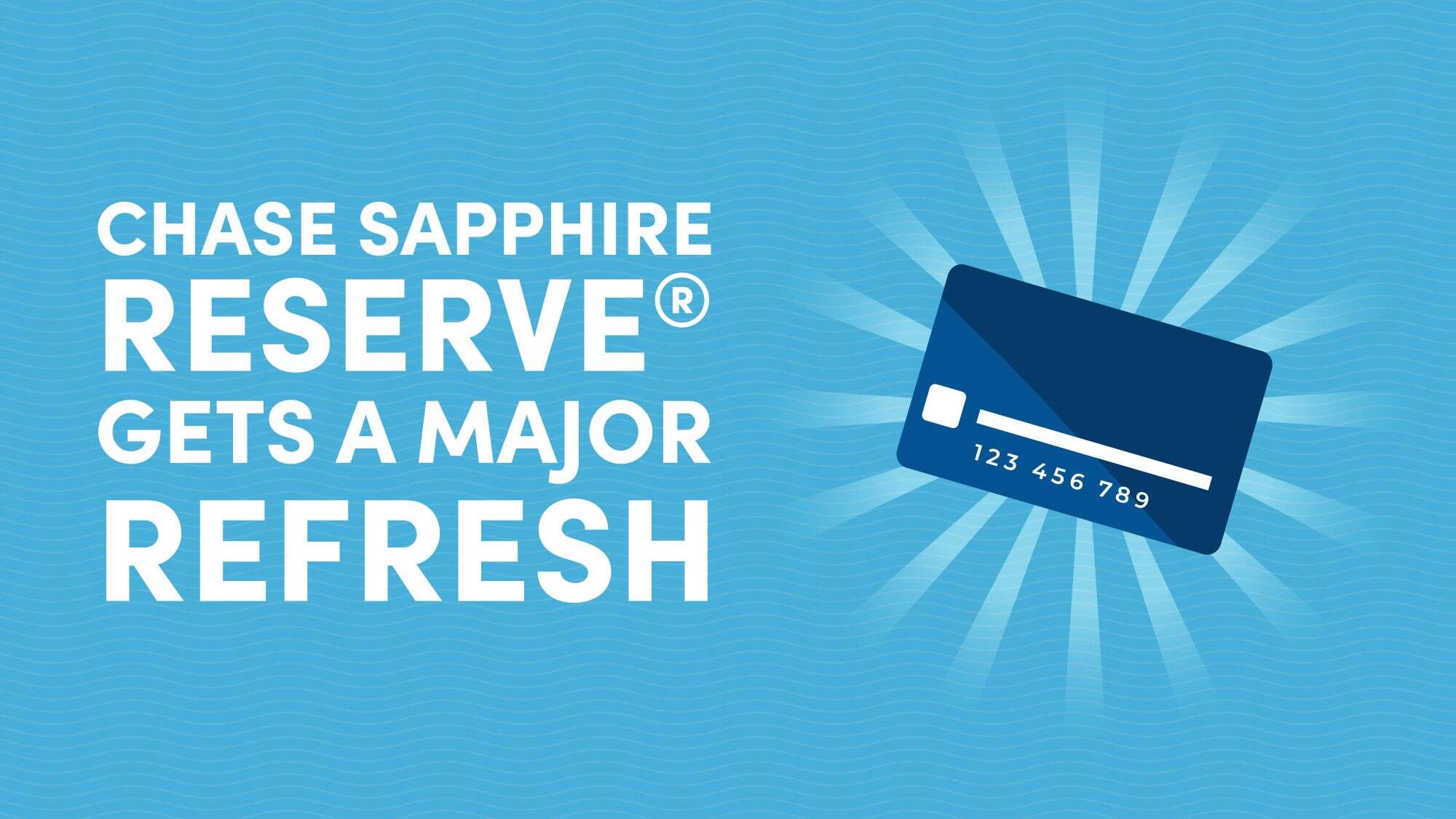
10xTravel is part of an affiliate sales network and receives compensation for sending traffic to partner sites, such as CreditCards.com. This compensation may impact how and where links appear on this site. This site does not include all financial companies or all available financial offers. Terms apply to American Express benefits and offers. Enrollment may be required for select American Express benefits and offers. Visit americanexpress.com to learn more.
The Chase Sapphire Reserve® is getting its biggest overhaul yet, and it’s a mixed bag of exciting new perks and a steeper price tag. With an annual fee jumping to $795, Chase is betting that cardholders will see value in over $2,700 worth of benefits and credits. Here’s what’s changing and whether it might be worth it for your wallet.
The New Annual Fee Reality
Let’s address the elephant in the room first: the annual fee is now $795, up significantly from the previous $550. While that’s a substantial increase, the benefits and credits are meant to balance that out or make you come out on top if you use them right.
Earn 100,000
bonus points + $500 Chase Travel℠ promo credit
after you spend $5,000 on purchases in the first 3 months from account opening.
Annual Fee: $795
Changes to Earning Rates
The earning structure is changing in a couple of ways:
- 8X points on Chase Travel℠ purchases (previously 5X points on flights and 10X points on hotels and car rentals booked through Chase Travel℠)
- 4X points on flights and hotels booked direct (previously 3X points on all travel)

Introducing Points Boost
Perhaps the most significant change is the new Points Boost feature. Your points are now worth up to 2X their value when booking select airlines and hotels through Chase Travel℠. The catch? Anything that doesn’t qualify for the 2X boost now earns just 1X value instead of the previous 1.5X rate. This means you’ll need to be more strategic about how you redeem your points.
One important note on the timing of this change: Points earned prior to October 26, 2025 by Sapphire Reserve cardmembers who applied prior to June 23, 2025 can be redeemed at 1.5X on Chase Travel℠ until October 26, 2027. For points earned prior to October 26, 2025, cardmembers will automatically receive the best offer available, whether it’s Points Boost or 1.5X on Chase Travel℠, maximizing rewards value for two years.
Travel Benefits That Actually Matter
These travel perks remain the same:
- $300 annual travel credit (continuing from before)
- Global Entry/TSA PreCheck application credit (continuing from before)
- Airport lounge access through Chase Sapphire Lounges, Priority Pass Select (1,300+ lounges), and select Air Canada lounges
- Complimentary access to Reserve Travel Designers for personalized trip planning and support
While these travel perks have been added:
- Complimentary IHG One Rewards Platinum Elite Status
- $500 annual The Edit credit – Chase Travel’s collection of over 1,100 hand-picked hotels and resorts
New Lifestyle Credits
This is where Chase is really trying to justify that higher annual fee with a suite of new lifestyle benefits:
- $300 annual dining credit through OpenTable
- $250 credit for Apple TV and Apple Music subscriptions
- $300 StubHub credit for concert and event tickets
- $120 annual Lyft credit ($10 monthly)
- $420 in DoorDash benefits ($300 in monthly promos plus $120 DashPass membership credit)
- Up to $120 annual Peloton membership credits
Important Welcome Bonus Eligibility Changes
Earn 100,000
bonus points + $500 Chase Travel℠ promo credit
after you spend $5,000 on purchases in the first 3 months from account opening.
Annual Fee: $795
Eligibility Requirements
Chase has implemented new eligibility rules for Sapphire card bonuses.
Key Eligibility Points:
- Current Sapphire cardholders (those who hold either the Chase Sapphire Preferred® Card or Reserve) are not eligible for welcome bonuses on the alternate Sapphire product
- Former Sapphire cardholders who have downgraded their cards may be eligible for bonuses on Sapphire products they have never held previously
- There is no specific waiting period required between downgrading one Sapphire card and applying for another, though Chase’s systems may take up to two weeks to update account status
Examples:
- If I had the Chase Sapphire Reserve and wanted the Chase Sapphire Preferred (and had never had it), I could downgrade my Chase Sapphire Reserve and be eligible for the Chase Sapphire Preferred welcome offer.
- If I had the Chase Sapphire Preferred and wanted the Chase Sapphire Reserve (and had never had it), I could downgrade my Chase Sapphire Preferred and be eligible for the Chase Sapphire Reserve welcome offer.
Important Considerations
Before you submit your application for a Sapphire card, Chase will let you know in a pop-up message whether or not you’re eligible for the bonus before doing a hard or soft pull of your credit, allowing you to decide whether you want to proceed with your application.
Policy Implications
These changes effectively limit cardholders to one signup bonus per Sapphire product per lifetime, representing a significant shift from the previous 48-month eligibility cycle.

What Current Cardholders Need to Know
If you’re an existing cardholder who applied before June 23, 2025, you’ll start seeing these new benefits on October 26, 2025. Your annual fee won’t increase to $795 until your next anniversary date after that October deadline, giving you some time to decide if the new structure works for you.
The Bottom Line
Chase is clearly positioning the Sapphire Reserve as a premium lifestyle card that goes well beyond travel. With over $2,700 in potential annual value from credits alone, the math can work if you actually use these benefits. The key question is whether you’ll realistically take advantage of credits for everything from Apple subscriptions to Peloton memberships to make that $795 annual fee worthwhile.
For heavy travelers who also embrace the digital lifestyle these credits support, the refreshed Sapphire Reserve could deliver genuine value. For others, it might be time to consider whether a lower-fee card like the Chase Sapphire Preferred® Card better matches your spending patterns.
Additional Reading: Chase Launches New Card: Sapphire Reserve for Business℠
New to the world of points and miles? The Chase Sapphire Preferred® Card is the best card to start with.
With a bonus of 75,000 bonus points after you spend $5,000 on purchases in the first 3 months from account opening. , 5x points on travel booked through Chase Travel℠ and 3x points on restaurants, streaming services, and online groceries (excluding Target, Walmart, and wholesale clubs), this card truly cannot be beat for getting started!
Editors Note: Opinions expressed here are author’s alone, not those of any bank, credit card issuer, hotel, airline, or other entity. This content has not been reviewed, approved or otherwise endorsed by any of the entities included within the post.




